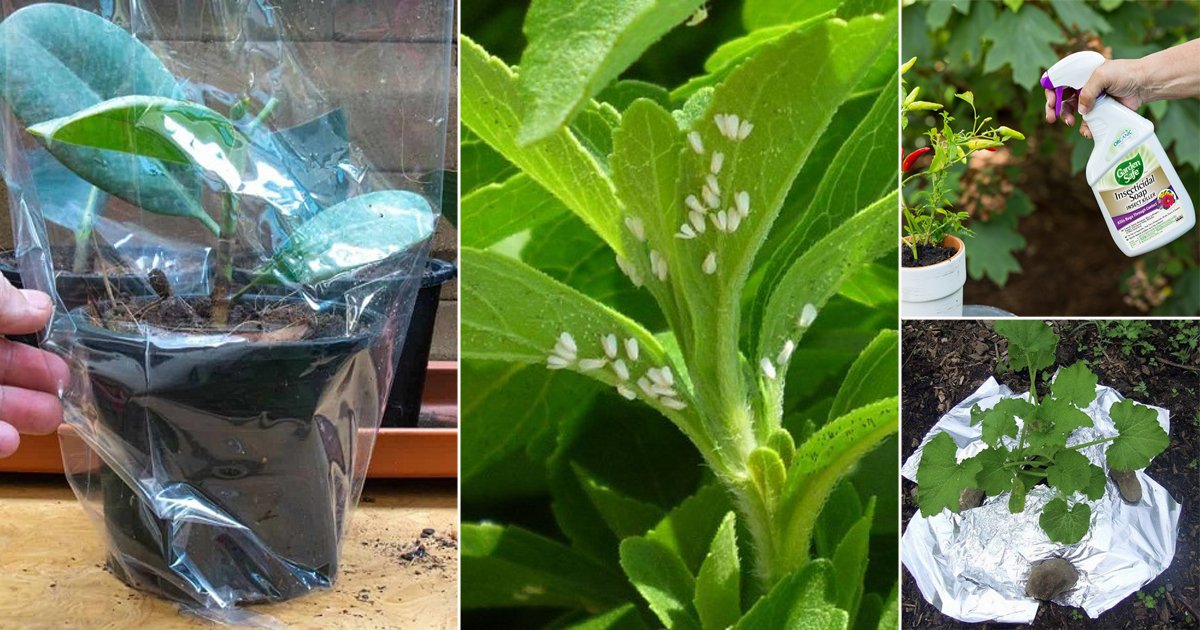The bat faced cuphea is prized for its colorful, unique flowers that resemble bats in flight. However, these tropical beauties are prone to infestations of frustrating whiteflies that can quickly damage plants. Getting rid of whiteflies requires diligence and an integrated pest management approach. With consistent monitoring and treatment you can knock out an infestation and prevent future occurrences.
Detecting Whiteflies on Bat Faced Cuphea
The first step is regularly inspecting plants to identify whiteflies early before they multiply. Look for:
- Tiny white insects flying up when foliage is disturbed
- Sticky honeydew residue on leaves and stems
- Yellowing, wilting, or stunted growth
- Black sooty mold on leaves and flowers
Whiteflies tend to congregate and feed on the undersides of leaves Use a magnifying glass to look for eggs and nymphs that resemble scales Catching infestations when population numbers are low provides the best chance for control,
Impacts of Whiteflies on Bat Faced Cuphea
Left unchecked, whiteflies can seriously damage bat faced cuphea plants Feeding causes
- Yellowing and wilting of leaves
- Leaf drop and reduced flowering
- Stunted plant growth
- Sooty mold growth on foliage
- Weakened, stressed plants
Whiteflies also transmit viral plant diseases as they feed. It’s critical to get rid of whiteflies before major plant injury occurs.
Methods to Get Rid of Whiteflies on Bat Faced Cuphea
An integrated pest management approach that combines multiple tactics is most effective against whiteflies:
Insecticidal Soap
Insecticidal soap sprays are safe for plants but lethal to whiteflies. Spray plants thoroughly, especially leaf undersides, every 5-7 days until whiteflies are gone.
Neem Oil
Like insecticidal soap, neem oil kills whiteflies on contact while being non-toxic to plants. Apply to all plant parts and repeat applications weekly.
Horticultural Oil
Light horticultural oils smother eggs and nymphs. Coat plants, including leaf undersides, stems, and tops of soil. Reapply every 7-14 days.
Insect Growth Regulators
Growth regulator products disrupt the whitefly life cycle, preventing nymphs from reaching adulthood. Apply as a soil drench or foliage spray.
Vacuum Adult Whiteflies
Use a handheld battery vacuum to suck up and remove adults. Watch for them flying up when disturbed. Repeat daily.
Yellow Sticky Traps
Position sticky traps around plants to passively trap adult whiteflies. Check and replace traps weekly.
Remove Heavily Infested Growth
Prune off leaves or stems totally covered with whiteflies. Dispose of debris immediately so pests don’t spread.
Attract Natural Predators
Parasitic wasps, ladybugs, lacewings and birds feed on whiteflies. Plant nectar-producing flowers and avoid pesticides.
Preventing Future Whitefly Infestations
After eliminating an infestation, take proactive steps to help keep whiteflies from recurring:
- Check plants routinely for early detection
- Remove and destroy heavily infested plant parts
- Keep plants vigorous with proper care
- Avoid excess nitrogen fertilization
- Enlist natural predators like ladybugs and wasps
- Use row covers or screens to exclude pests
- Rotate treatment products to prevent resistance
With persistence and an integrated approach, you can get rid of troubling whiteflies on treasured bat faced cuphea plants. Staying vigilant and being prepared to treat reinfestations will provide long-term control.

Regular Reconnaissance: Inspecting Your Plant Allies
Inspect your Bat-faced Cuphea regularly, like a security guard on night watch. Flip leaves and peer into nooks for early signs of pests.
Creating an Inhospitable Base: Soil and Moisture Tactics
Use sterile potting mix to discourage pest invasions. Avoid overwatering; its like sending out invitations to a pest housewarming.
How to Get Rid of Whiteflies (4 Easy Steps!)
FAQ
What is the best remedy for whiteflies?
How do I keep whiteflies off my plants?
How to get rid of whiteflies on hibiscus plants?
What scent repels whiteflies?
